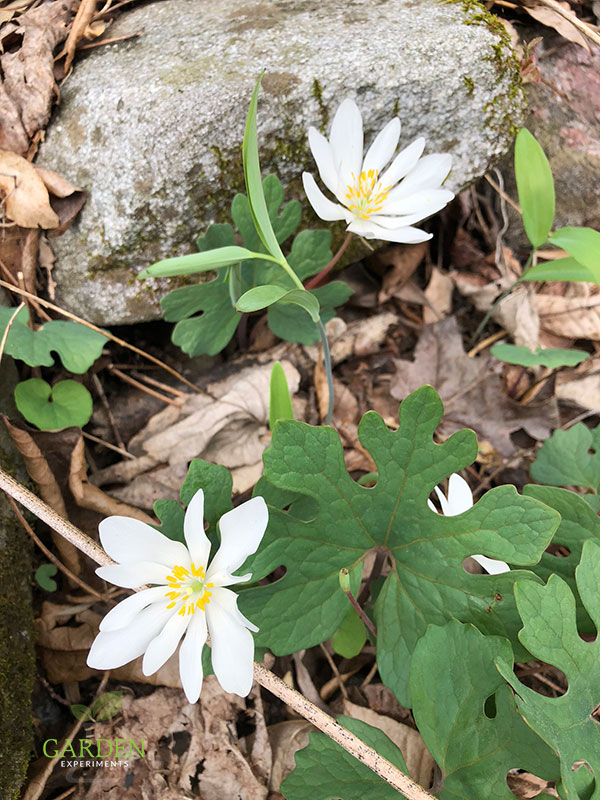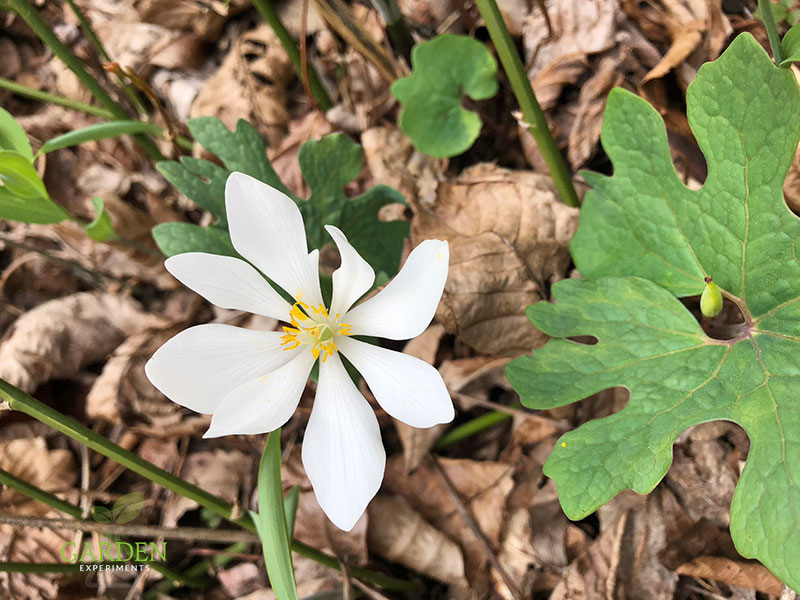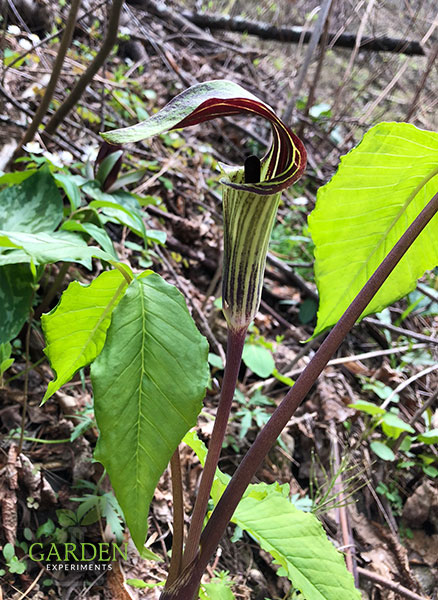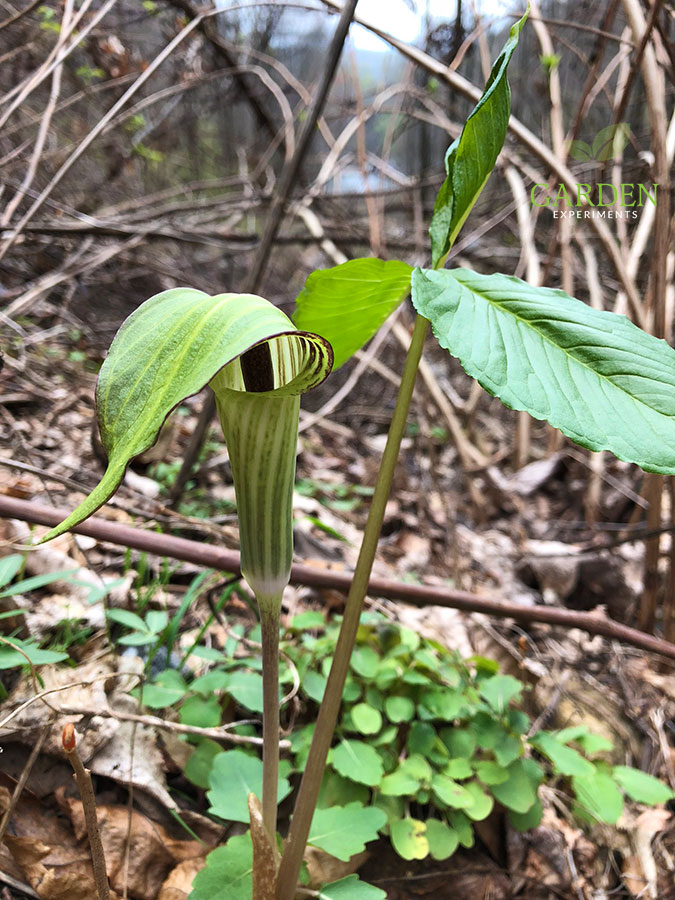The first flowers to show their faces after winter are the native wildflowers. By mid to late-March, they are usually in full bloom, even after a quick dip in the temperatures.
Choosing to incorporate native plants in to your garden is a great idea if you want hardy plants that can tolerate the local soil and weather conditions. Native plants are just that – perfectly adapted for the spot in which they naturally grow.
Some of my favorite early-blooming southeastern native plants were blooming in full force this weekend in northern part of Georgia. Which one is your favorite?
Trillium
Trillium flowers have three large bracts (look like petals) in colors of red, white, purple, pink, yellow, or green. Many trilliums are protected because of their sensitivity to disturbance. Picking a leaf or a flower from a trillium may actually kill the entire plant.
They don’t grow very tall, remaining low to the ground at a height of about 1′ to 1.5′. They are found in woodlands with moist soil, usually in shade or part-shade. They are spring blooming.
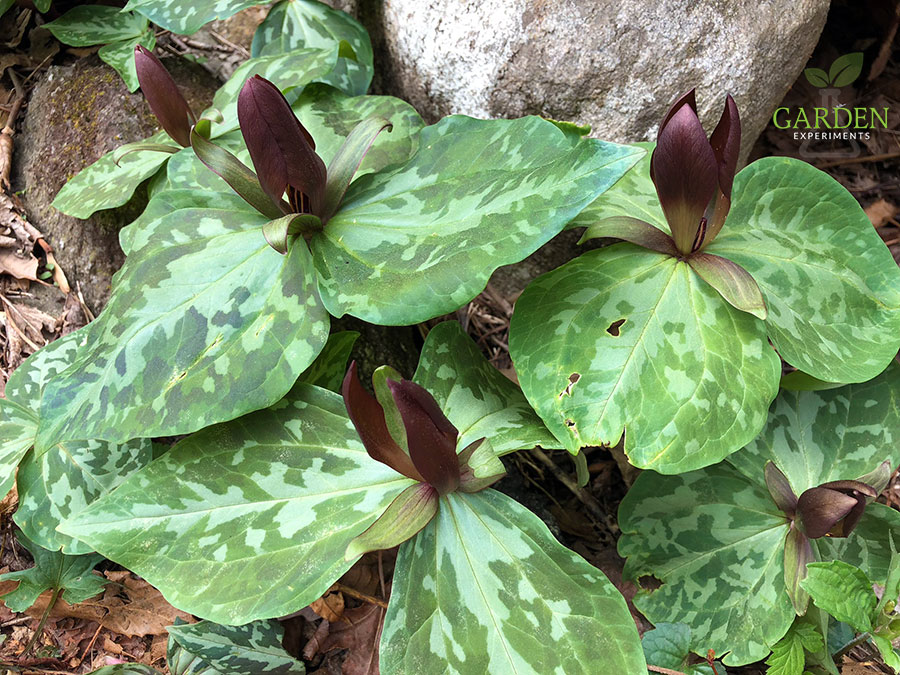
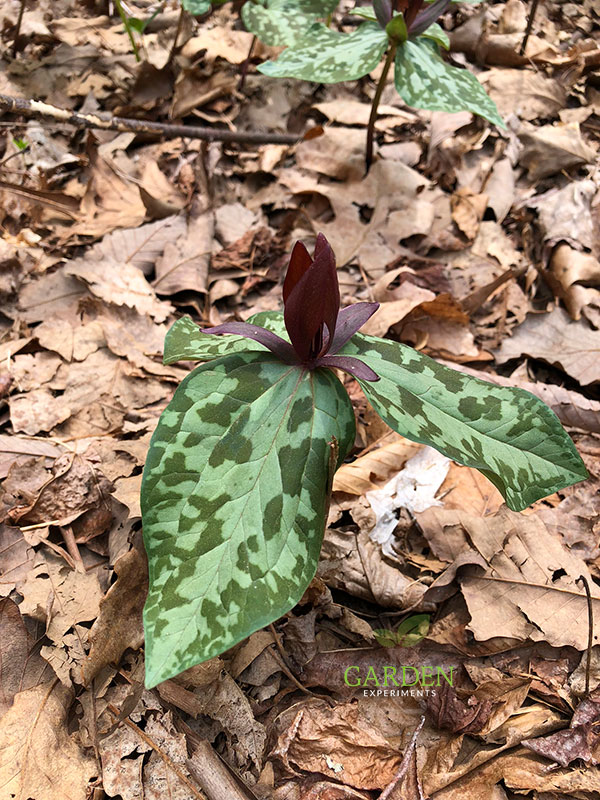
Jack in the Pulpit
Another interesting spring bloomer is Jack in the pulpit (Arisaema triphyllum). The flowers are hoodlike, with the pulpit (spathe) of the flower enclosing the ‘Jack’ which is the spadix of the plant. (See diagram 5 on this page).
Jack in the pulpit prefers shade with rich, moist soil. It is commonly found in woodlands and along stream banks. It blooms in the spring.
Bloodroot
Another woodland native plant that flowers in spring is bloodroot (Sanguinaria canadensis). It grows to about 1′ in height and about 10 inches in width. The flowers are short-lived, lasting only a few days. Flowers are about 2 inches in diameter with 8 to 16 bright white petals with a yellow center.
The sap of this plant is red, the color of blood, hence the common name for the plant. It prefers rich, well-drained in full to part shade.
